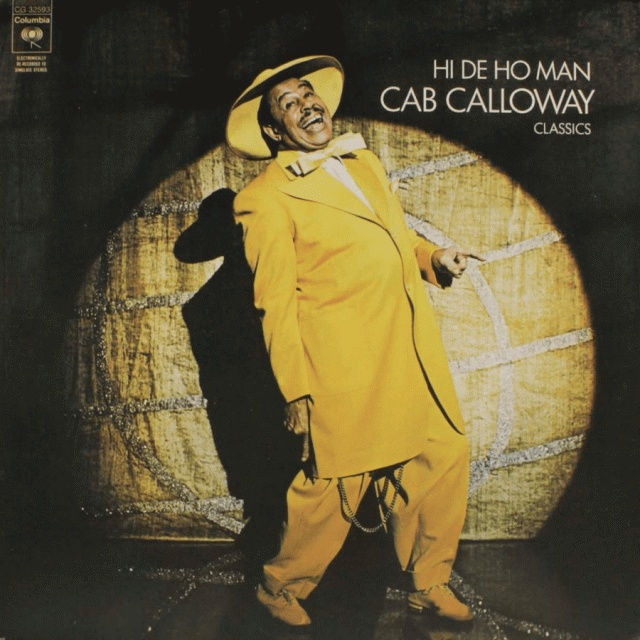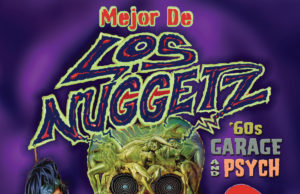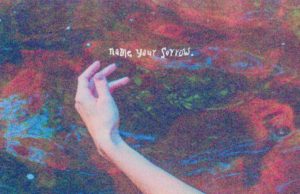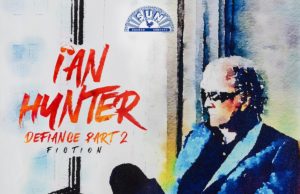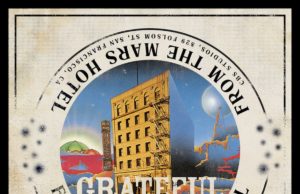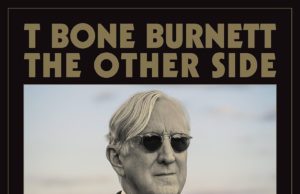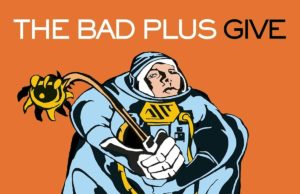Thank Ken Burns. Following the success of his Jazz docuseries, there seems to be a renewed appreciation — and market — for the classic sounds of Count Basie, Duke Ellington, Lester Young and their fellow hepcats. So, the folks at Sony are trying to feed that need by reissuing a batch of classic compilations under the banner Neo-Vintage Jazz (exactly what’s ‘neo’ about these discs is beyond me). Be warned: If you’re looking for the classy packaging and extensive essays of the Ken Burns Jazz tie-in albums, you’ll be disappointed. These albums are definitely no-frills affairs. Although most reproduce the original cover art, lyrics and notes (reduced to teeny-tiny type), that’s as far as they go — no new essays, no extra photos, no unreleased tracks. Still, if it’s classic jazz you’re after, these 11 discs are the place to find it. Here’s the jive:
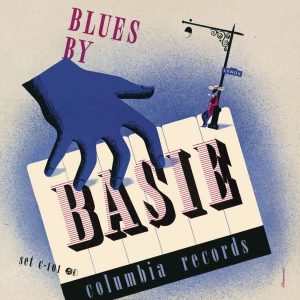 Count Basie
Count Basie
Blues by Basie
Who He Was: The piano legend and composer whose refined yet playful style took him from Kansas City bar rooms to big-band superstardom.
What You Get: A dozen of the Count’s blue-note classics and covers recorded between 1939 – ’50.
Why It Rates: Great tunes like Harvard Blues and I’m Gonna Move to the Outskirts of Town; great players like trumpeter Harry (Sweets) Edison, drummer Papa Jo Jones and guitarist Freddie Green; great vocals from Jimmy Rushing; and Basie, one of the greatest ivory ticklers of all.
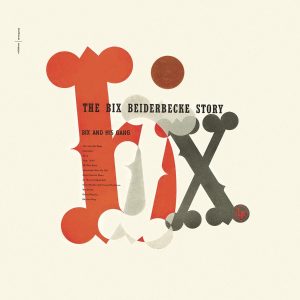 Bix Beiderbecke
Bix Beiderbecke
The Bix Beiderbecke Story
Who He Was: One of jazz’s great unsung heroes — and one of its most tragic figures. Self-taught cornetist Beiderbecke made his mark in the ’20s with his beautiful tone and individual style, but his personal instability and addictions led to his untimely death in 1931 at age 28.
What You Get: Two discs of vintage Dixieland from 1927 and ’28, when Bix was still at full strength.
Why it Rates: Because he’s probably the finest jazz artist most people have still never heard.
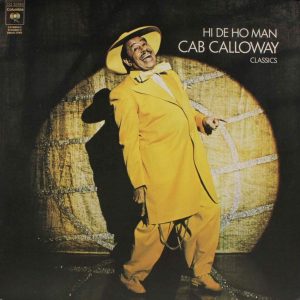 Cab Calloway
Cab Calloway
Hi De Ho Man
Who He Was: The jumpin’, jivin’ blues shouter and bandleader who brought zoot-suit showmanship to the bandstand, laying the groundwork for the likes of James Brown and countless others.
What You Get: A score of jump-blues treasures — Jumpin’ Jive, San Francisco Fan, Hoy Hoy and his essential signature tune Minnie the Moocher — that belong in every hepcat’s crib.
Why it Rates: Um, didn’t I mention Minnie the Moocher?
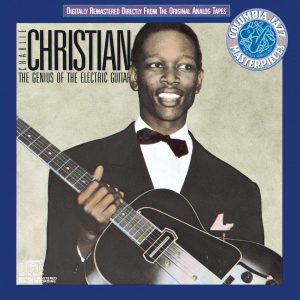 Charlie Christian
Charlie Christian
The Genius of the Electric Guitar
Who He Was: Just what the title says — and more. Christian was one of the first major electric guitarists, and his stint with Benny Goodman in the late ’30s blazed a trail for virtually every jazz picker who followed. Not bad for a guy who died of TB at age 26.
What You Get: Sixteen sides of finely finessed fretwork, mostly recorded with Goodman and his boys.
Why it Rates: ’Cause Charlie had more ability in his pinky than today’s pyrotechnic axe-murderers have in both hands.
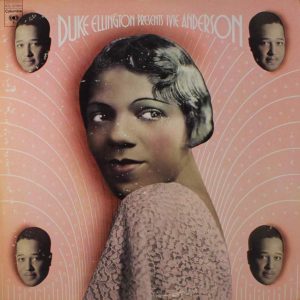 Duke Ellington
Duke Ellington
Presents Ivie Anderson
Who They Were: Duke Ellington was, of course, jazz’s greatest bandleader and composer. And Ivie Anderson was his greatest vocalist, spending 1931 to ’42 in Duke’s orchestra and lending her classy tones to timeless classics like It Don’t Mean a Thing (If It Ain’t Got That Swing), Stormy Weather and Mood Indigo.
What You Get: All those songs, plus 29 more on a two-disc set.
Why it Rates: Because Duke may have been the best, but he wasn’t alone up there on the bandstand.
https://youtu.be/LOtfGDK4pU0
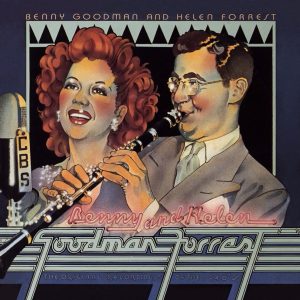 Benny Goodman and Helen Forrest
Benny Goodman and Helen Forrest
The Original Recordings of the 1940s
Who They Were: If Benny was the king of swing, in the late ’30s and early ’40s Helen was his queen, adding poppy vocals to Goodman’s sides and a dab of sex appeal to his bandstand.
What You Get: A full slate of 20 hep cuts, from standards like Lazy River to novelty numbers like Busy as a Bee (I’m Buzz Buzz Buzzin).
Why it Rates: Like Ivie Anderson above, Forrest’s legacy has been unfortunately overshadow by that of her boss.
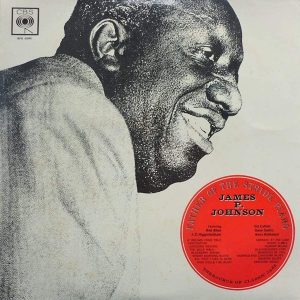 James P. Johnson
James P. Johnson
Father of the Stride Piano
Who He Was: Oh, just one of the greatest jazz pianists of all time — the man who literally taught Fats Waller how to play and whose piano rolls inspired a young Duke Ellington.
What You Get: A sweet 16-song set of Johnson’s most furiously fleet-fingered instrumental moments from the ’20s and ’30s, when stride piano (named for the way the left hand alternates between chords and single bass notes) ruled the jazz roost.
Why it Rates: Because Johnson was a true original in every sense of the word.
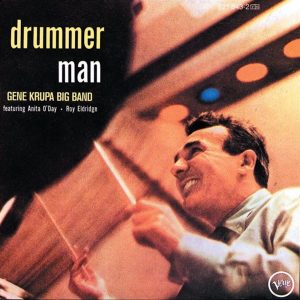 Gene Krupa
Gene Krupa
Drummin’ Man
Who He Was: One of jazz’s greatest drummers, thanks to his passion and precision — and certainly its greatest showman, thanks to his flamboyant flailing style.
What You Get: Two discs of pulse-pounding percussion and swinging sophistication from Krupa’s solo albums of the ’30s and ’40s, when his band also featured hot-lipped trumpeter Roy Eldridge and brassy songstress Anita O’Day. The supremely cool Let Me Off Uptown is worth the price of this album by itself.
Why it Rates: Like the title cut says, no one kicks a set of drums just like he can.
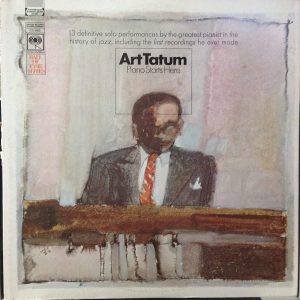 Art Tatum
Art Tatum
Piano Starts Here
Who He Was: A pianist so far ahead of his time, imitators are still playing catch-up. Born nearly blind, the largely self-taught Tatum possessed unmatchable technical prowess and boundless musical genius. Put it this way: Charlie Parker looked up to him.
What You Get: Four studio cuts from his first sessions as a leader in 1933, along with eight from a gig in 1949.
Why it Rates: Listen to Tiger Rag. Hear what sounds like three pianists playing at once? It isn’t three guys. It’s just Art. Piano starts and ends here.
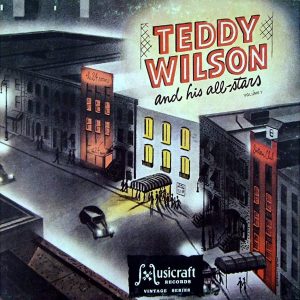 Teddy Wilson
Teddy Wilson
Teddy Wilson & His All-Stars Vol. 1
Who He Was: A supremely talented swing pianist and bandleader whose contributions to integration — he was the first African-American to play in Benny Goodman’s band — were perhaps as important as the ones he made to music.
What You Get: Some 16 sides Wilson recorded with a variety of swing stars in the ’30s — although you’d never know from this disc, which is shamefully bereft of liner notes save for the song titles.
Why it Rates: Some of these cuts spotlight the early work of a little-known vocalist named Billie Holiday and a sax player called Lester Young.
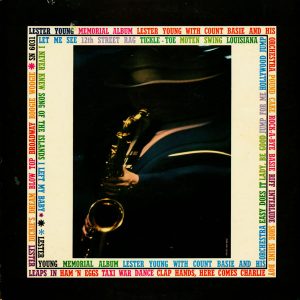 Lester Young
Lester Young
Lester Young Memorial Album
Who He Was: The most beloved tenor sax player of the classic jazz era, the father of modern saxophone, and the man who gave Billie Holiday the name Lady Day. And she didn’t call him Prez for nothing.
What You Get: Frankly, your guess is as good as mine — like the Wilson volume, this two-disc set is shabbily devoid of recording info. I presume these 29 cuts — including Lester Leaps In and Lady Be Good — were compiled from various sources after Lester’s death in 1959.
Why it Rates: You might not know when he played it and who he’s playing with, but as soon as you hear that sweet, earthy tone, you know who you’re listening to.
https://youtu.be/ohCOIPjyXZM
















